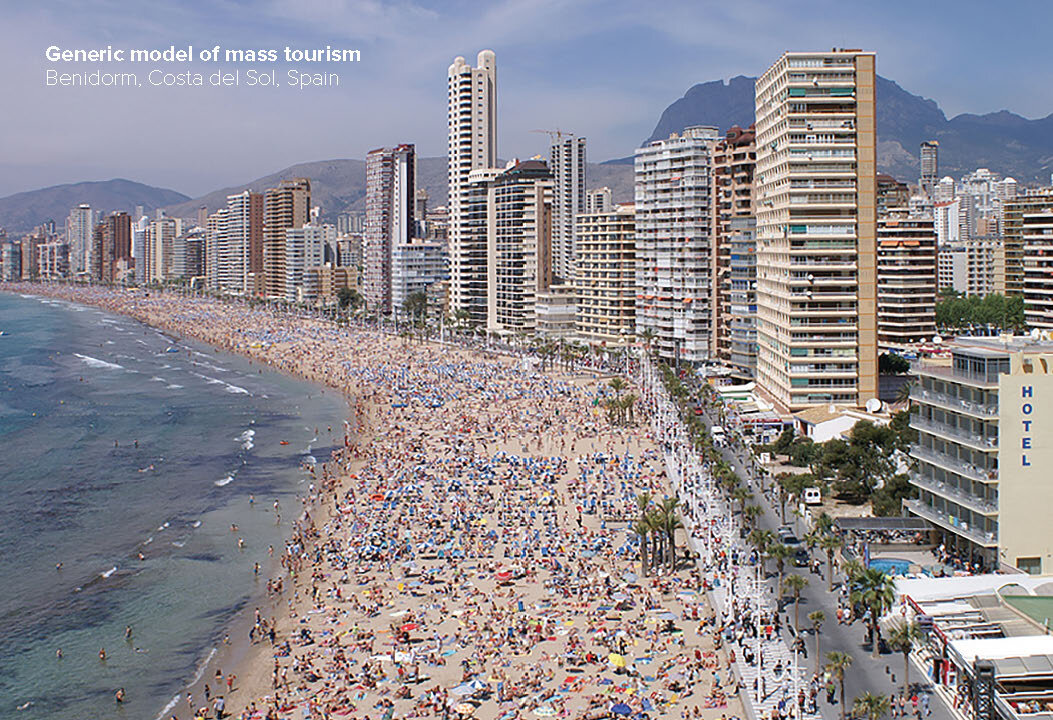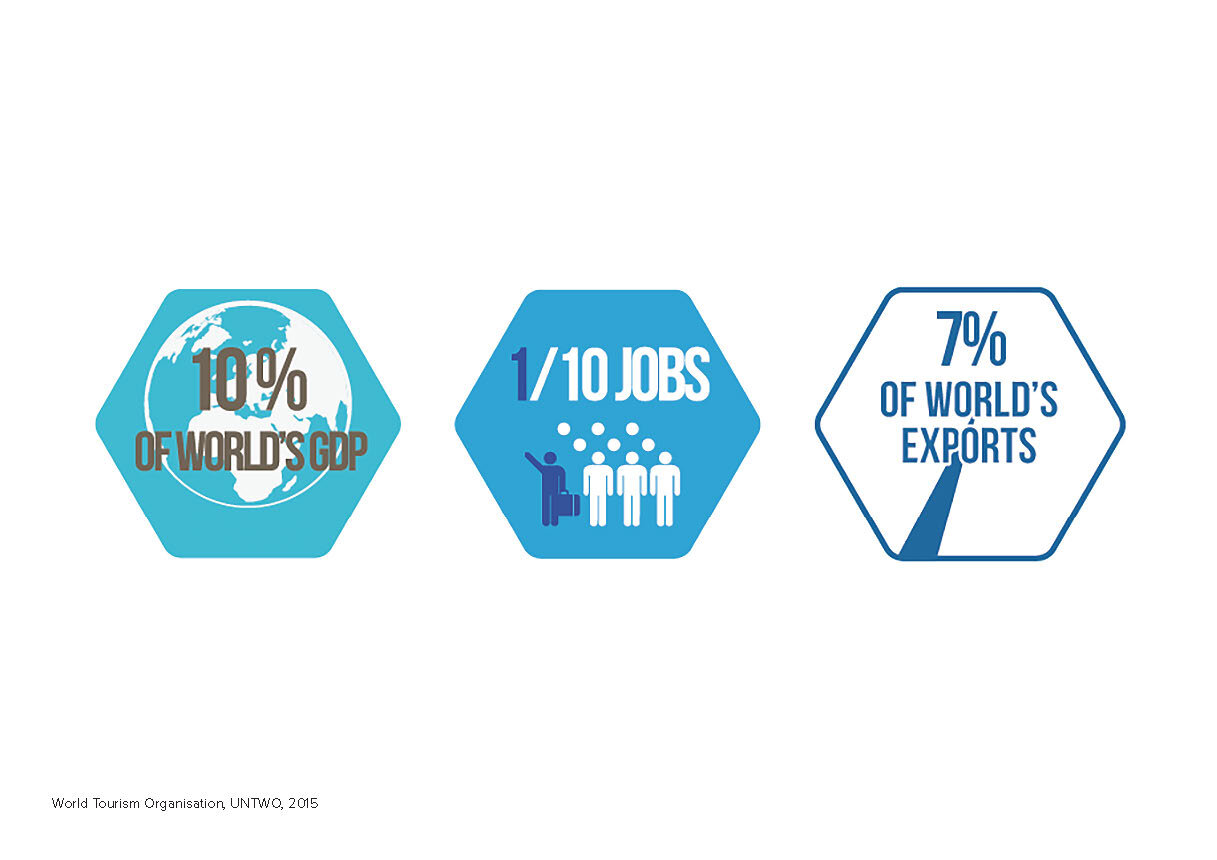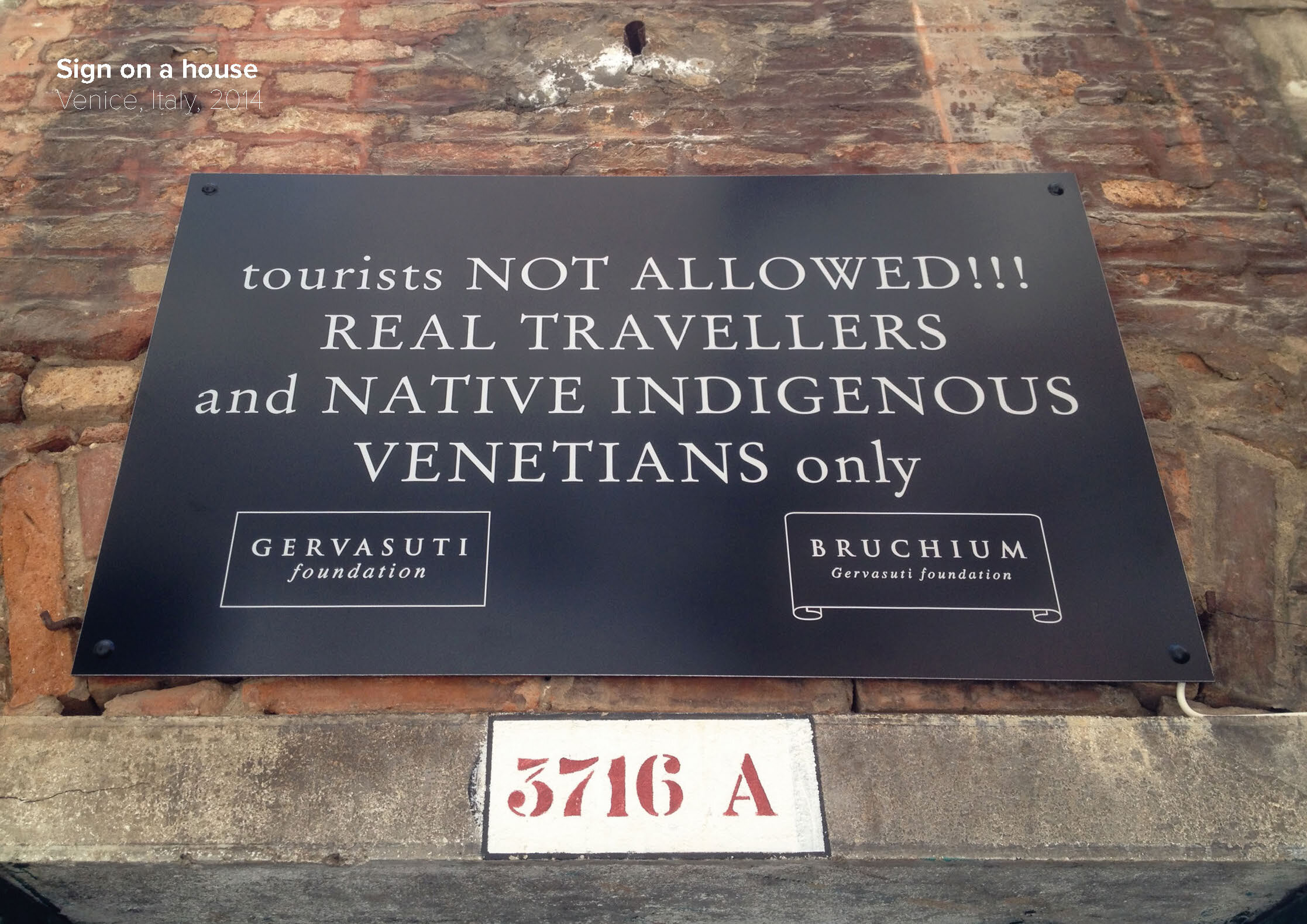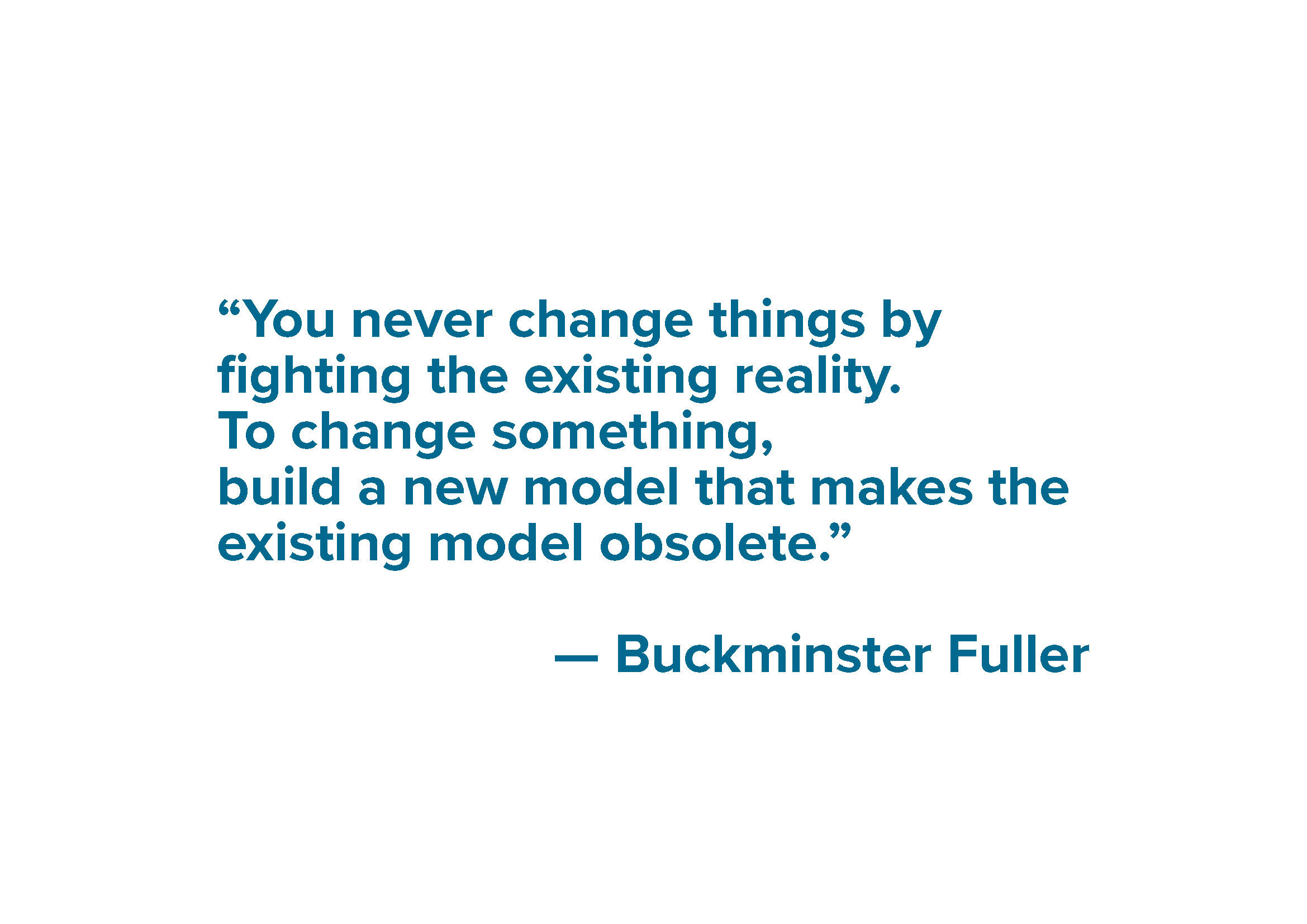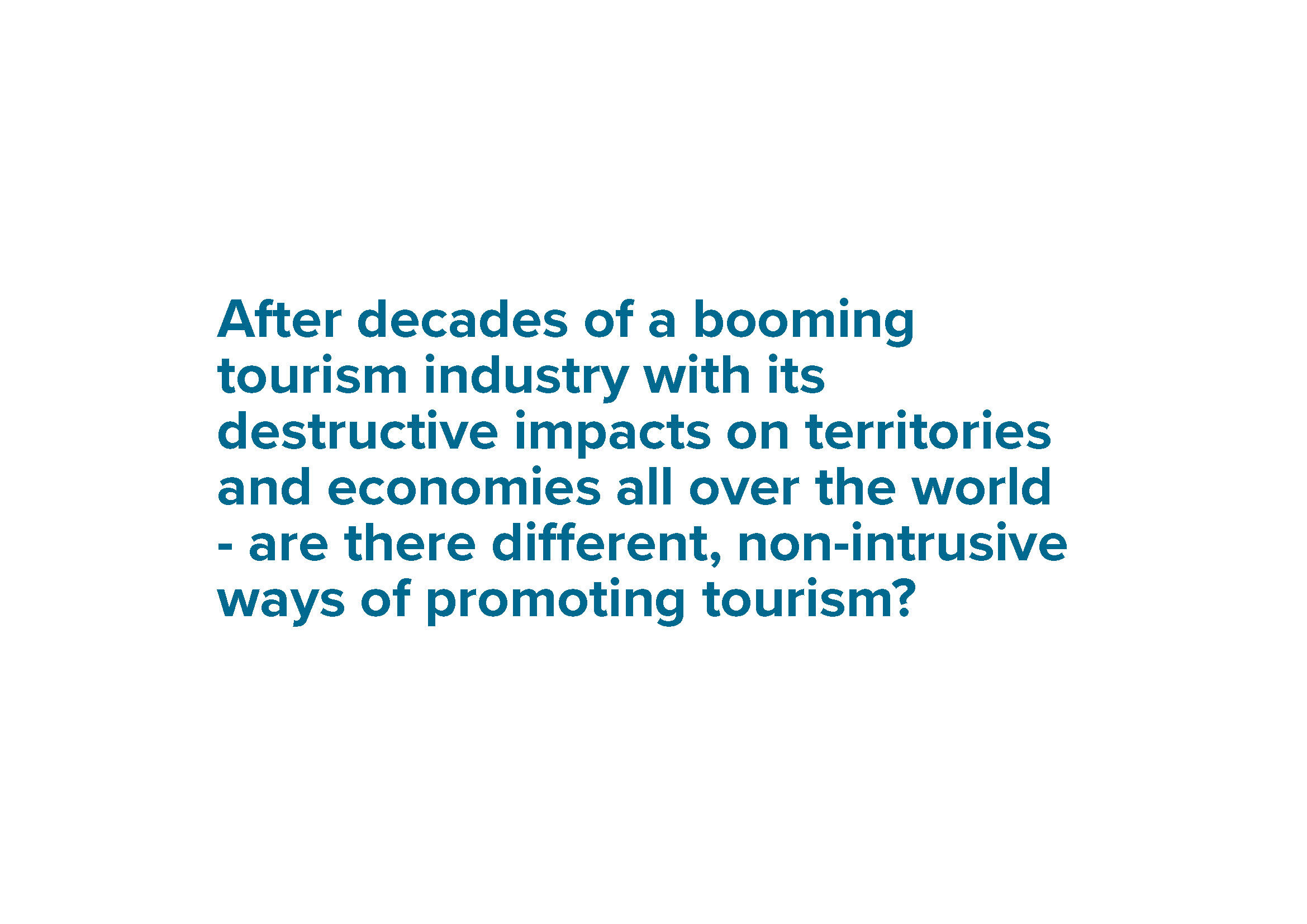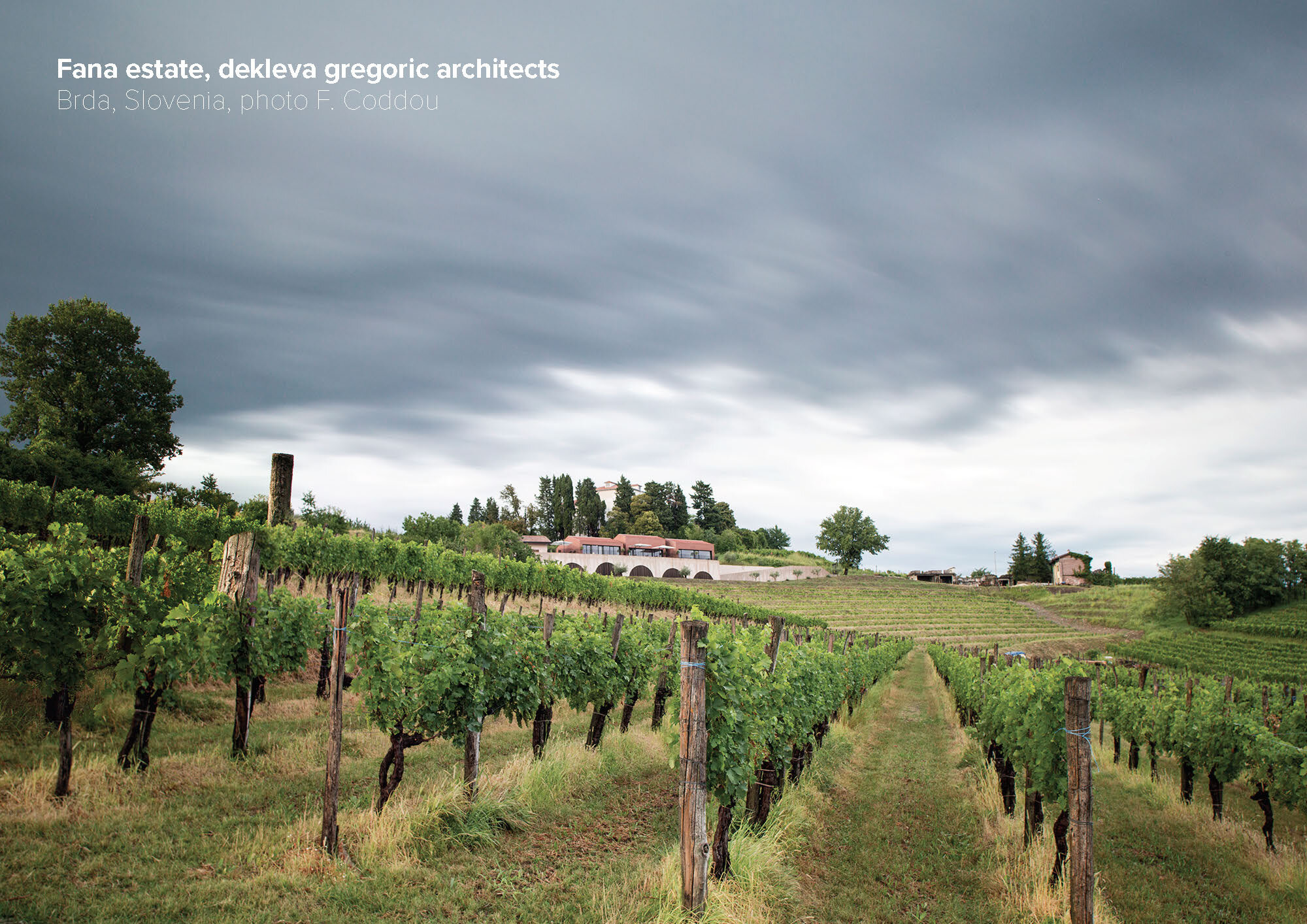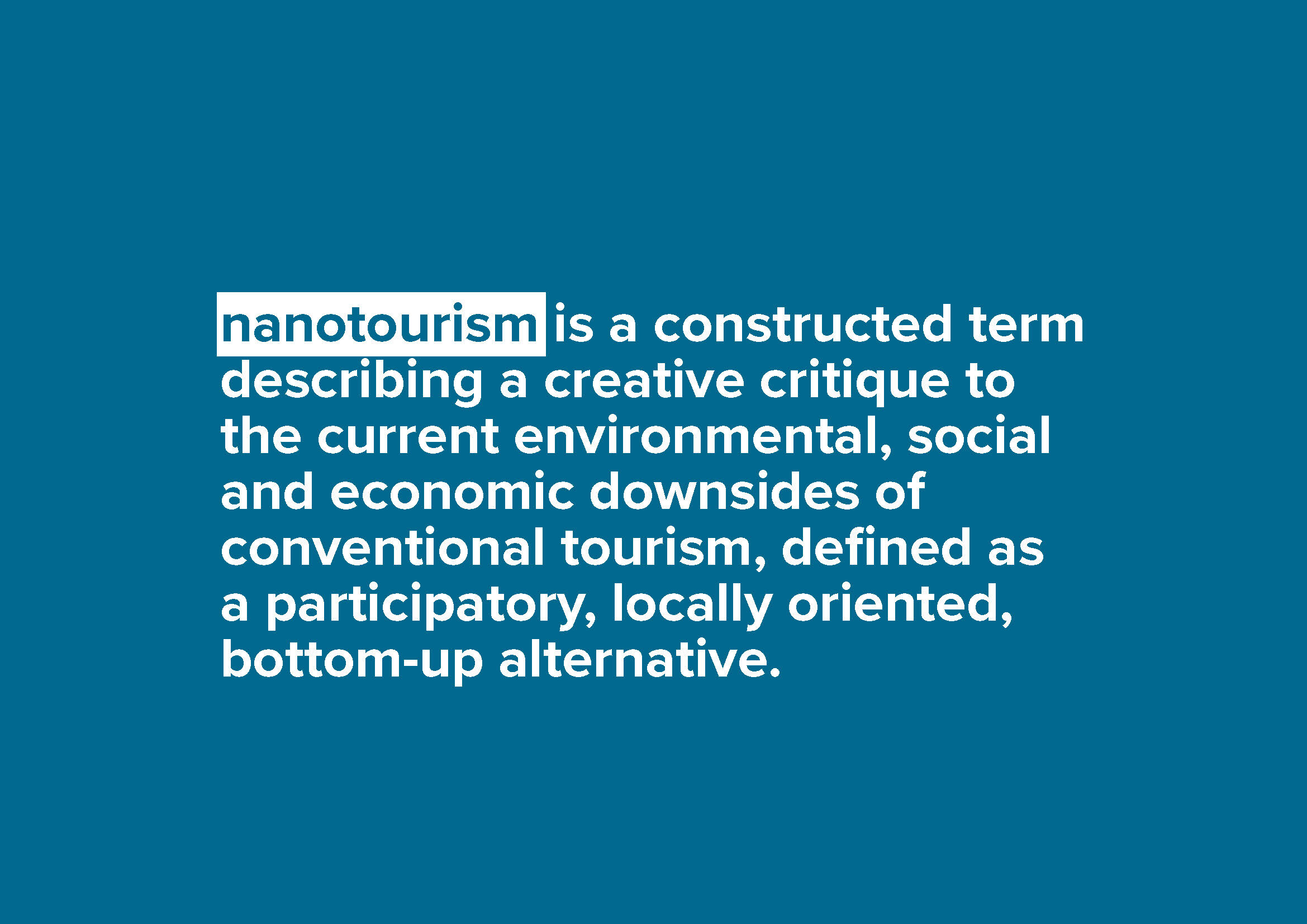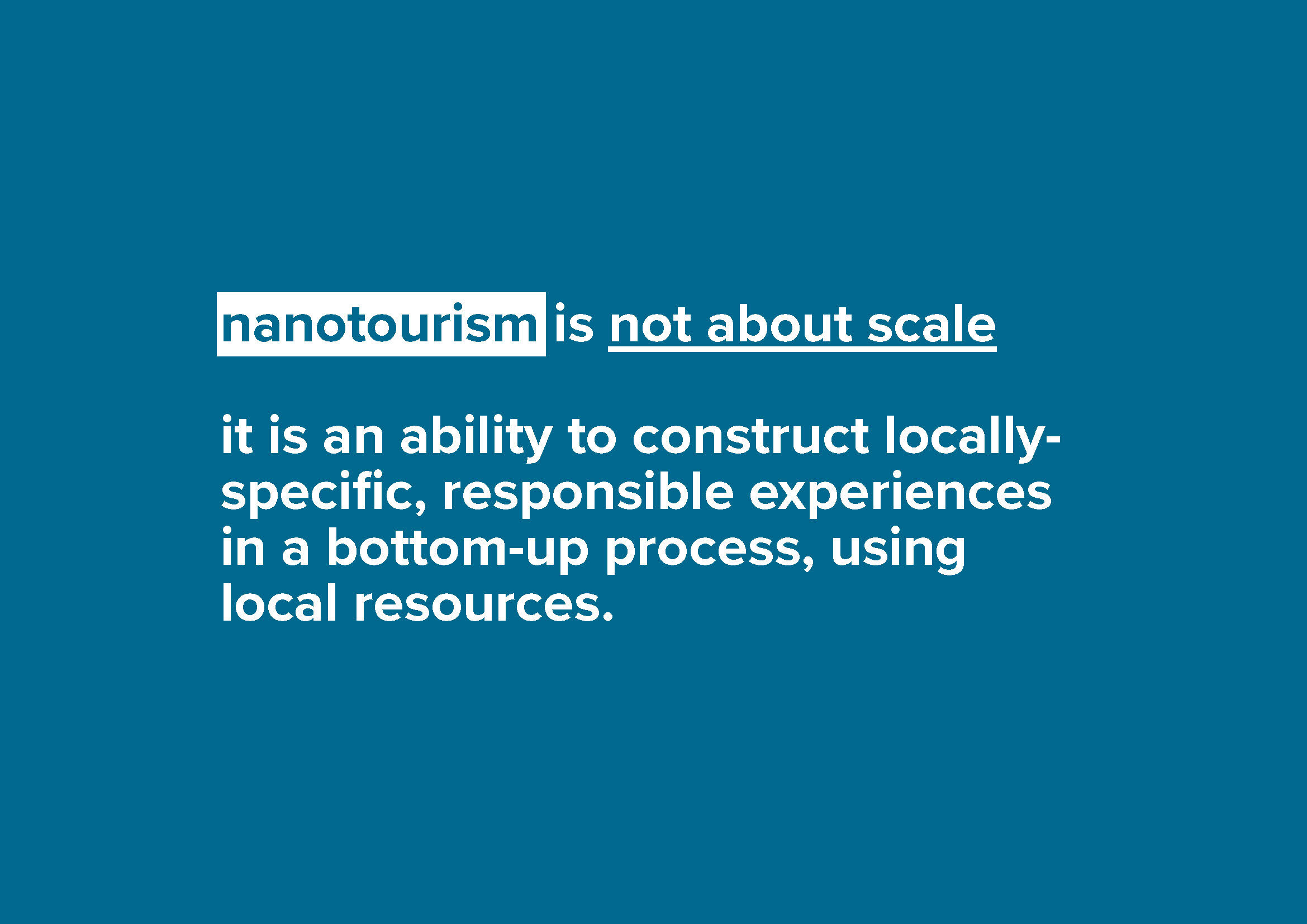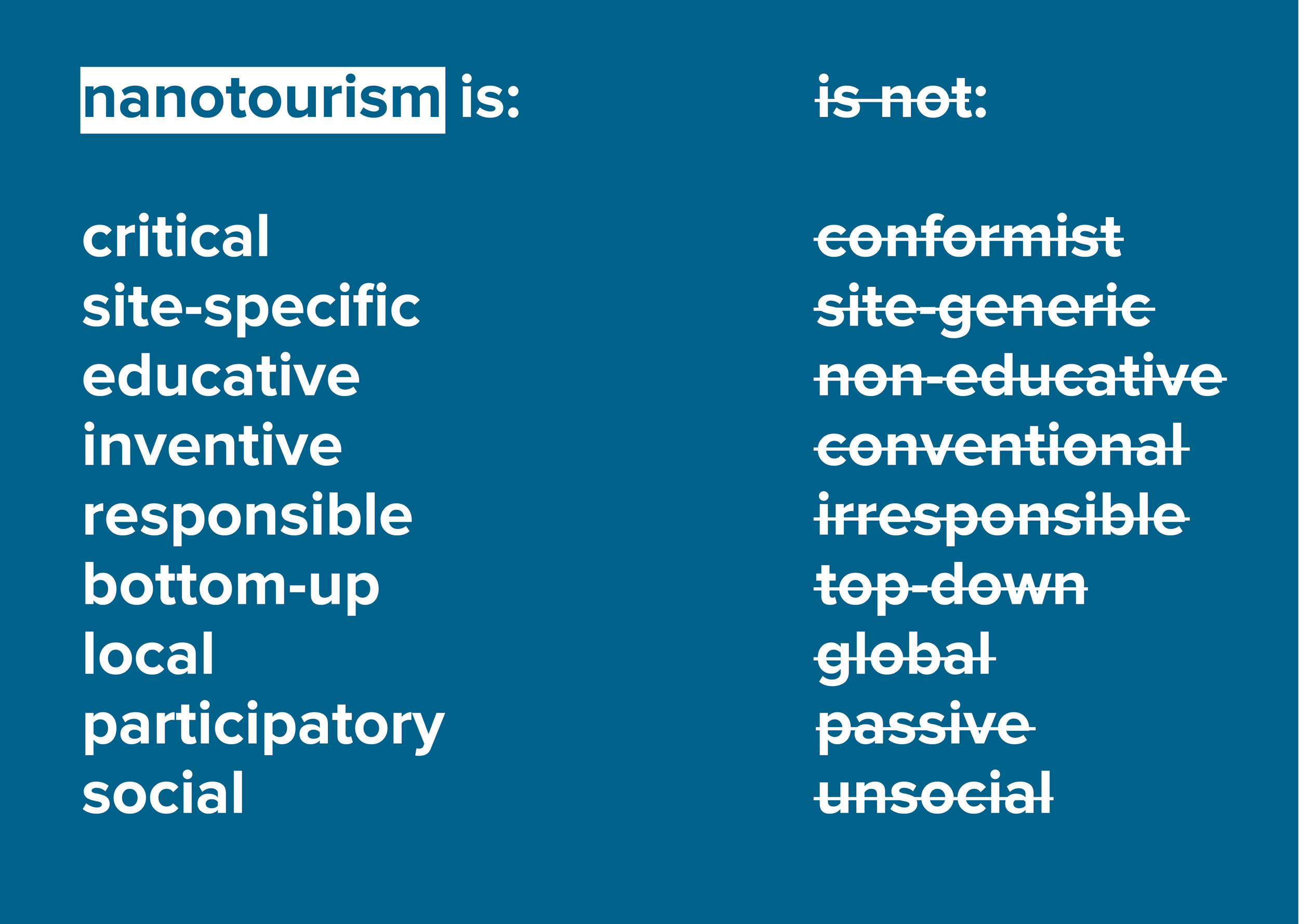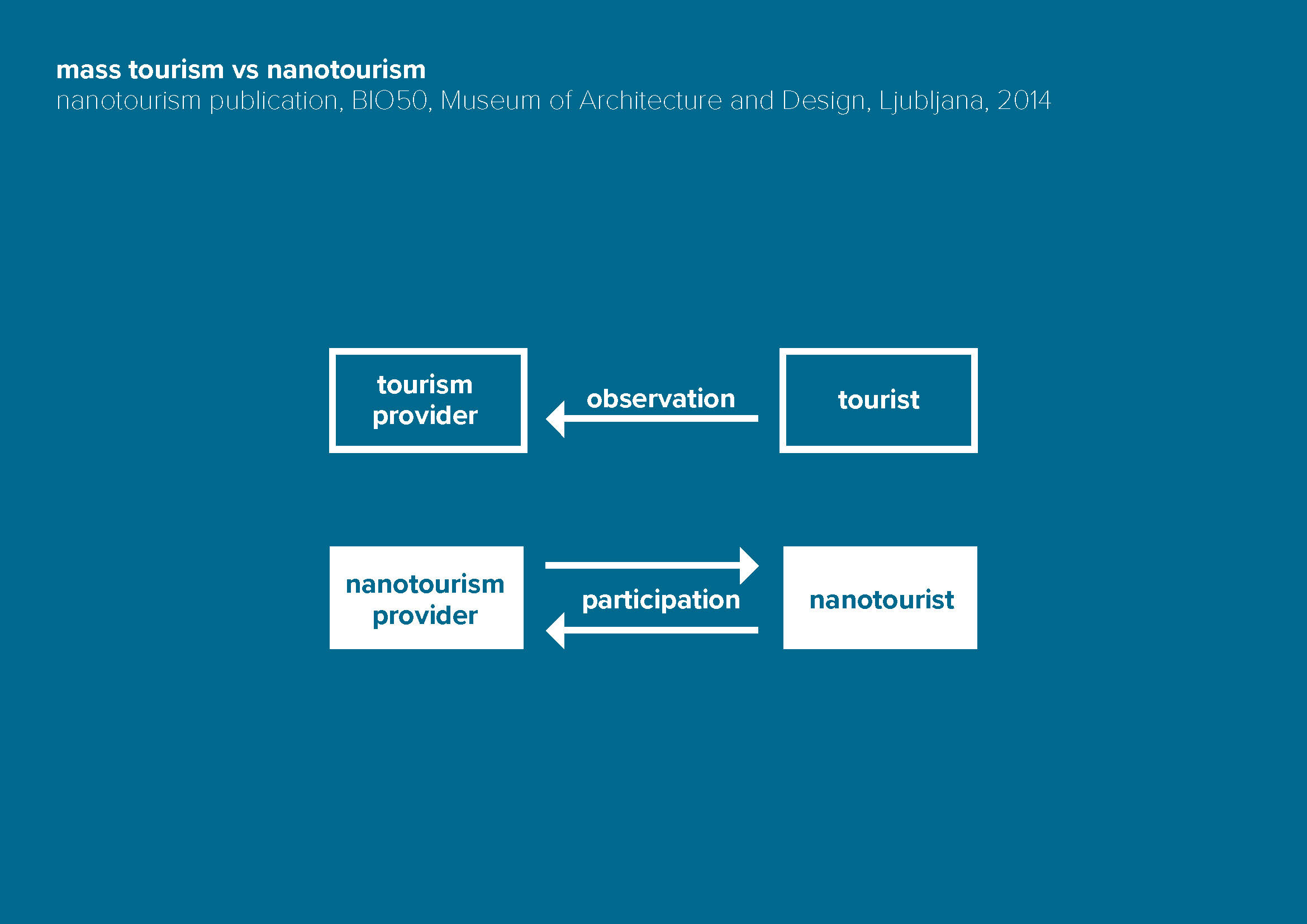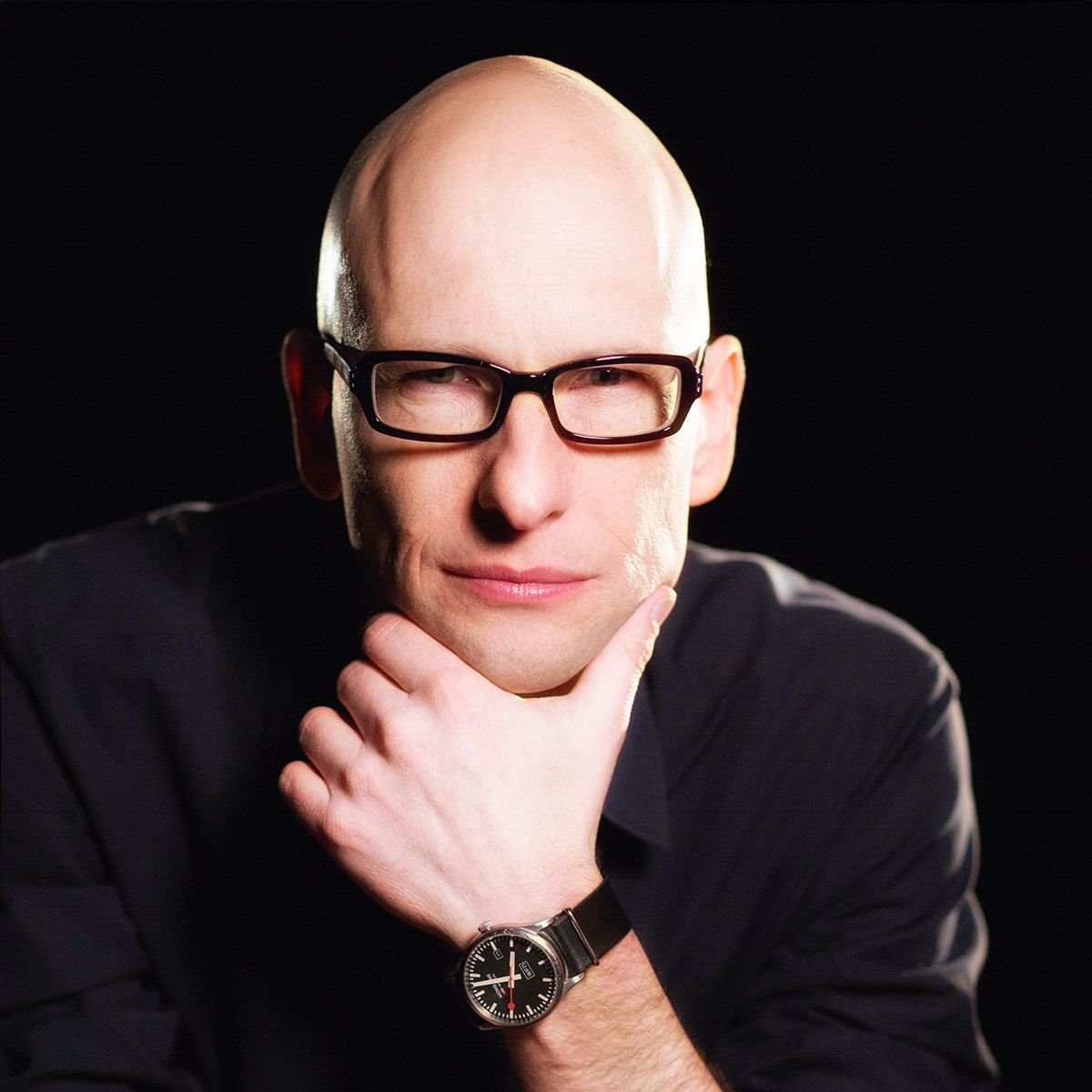WHY DOES TOURISM MATTER?
Over the past century, tourism has experienced continued growth and rapid intensification to become one of the fastest growing economic sectors in the world. Today, the business volume of tourism equals or even surpasses that of the oil, food or automobile industries. Tourism has become an integral part of our lives and is heavily influencing our built and social environments. The top-down model of mass-tourism, entirely oblivious to the rich diversity of places and societies, is largely unsustainable and harmful to our world.
To change the perspective on how we visit places and to better understand the ones we live in, we propose a newly constructed term, nanotourism, which stands for a creative critique towards the current environmental and social downsides of conventional tourism. Nanotourism is a site specific, participatory, locally oriented and bottom-up alternative that stretches beyond tourism: it is an attitude dedicated to the improvement of specific everyday environments and a strategy for opening up new models of local economy.
Since 2014 AA nanotourism has been developing case studies through creative and critical interventions in various locations around the world. In the small town of Vitanje in central Slovenia, the recently built cultural institution KSEVT has brought over 25.000 visitors in the first year of existence to a town of 800 inhabitants. In the very north of France, facing the English channel, Ault was thriving with visitors from Paris at the beginning of 20th century, but today is somewhat forgotten and overwhelmed by the constant threat of ever eroding cliffs and gradual disappearance. Honolulu, the contemporary cradle of mass–tourism, has evolved from long lasting experience with island visitors into a socially very diverse and vibrant society. And the Peruvian Andes, where Inca traditions, deeply rooted within local communities and a contemporary global society come together in one of the 50 best restaurants in the world, a place where local knowledge meets fine dining.
Each one of these locations represent an ideal place for a case study laboratory exploring the potentials of nanotourist strategies. By bringing together students, tutors and experts from diverse contexts with wide-ranging knowledge, we can create conditions for mutual learning opportunities and provide expert contributions to these incredible places. All of the above makes the AA nanotourism a very locally oriented, participatory programme – a true example of nanotourism.
The key teaching agenda of AA nanotourism is to promote the creative process that expands beyond ‘design’: the process is just as important as the final project. Ultimately, the AA nanotourism is an architectural school of critical thinking.
– Aljoša Dekleva
WHAT IS NANOTOURISM?
nanotourism is the central topic of research and development. Read extensive definition here.
TOPICS OF RESEARCH
The AA nanotourism Visiting School focuses on three interrelated topics of research, each addressing highly specific aspects that define a given context:
Place addresses locally specific aspects of ‚place‘ by developing an understanding of spatial qualities, cultural specificities, territorial identity, history, political situation, role in society...
User addresses locally specific aspects of ‚users‘ by developing an understanding of social organisations, needs, skills, psychological values, individual / collective motivations, idiosyncrasies...
Material addresses locally specific aspects of ‚materials‘ by developing an understanding of materials as physical resources for construction, and identifying material specifc characteristics such as geometry, tactility, manipulability, structure, availability, contextuality...
While identifying, targeting and intensifying individual specific elements of each entity, it is crucial to develop an understanding about emerging correlations among them. Stimulating and designing mutual influence and dependences between the place, the user(s) and material(s), formulates an explicit conceptual common ground for each project.
METHODOLOGY OF RESEARCH
The AA nanotourism Visiting School uses Participatory Action Research (PAR) in order to identify ‚hidden‘ aspects of a given context.
PAR is based on three basic aspects of research:
Participation – Making an active effort to take part in local life in society
Action – Initiating direct engagement through a planned activity
Research – Re-tracing and understanding a body of existing local knowledge
Participatory action research is an approach to research in communities that emphasizes participation and action. It seeks to understand the world by trying to change it, collaboratively and following reflection. PAR emphasizes collective inquiry and experimentation which is based on self-initiated experiences and a fundamental understanding of local specificities which are invisible or hidden to the everyday person.
METHODOLOGY OF WORK
PROJECT = PROCESS
The AA nanotourism Visiting School employs a recurrent process of working through steps of research, design and making. Our aim is to re-cycle this process as many times as possible over the course of the two week programme in order to yield sharper and more refined results.
How to research – design – make:
– research – ...through interviews, activities, measurements, recordings...
– design – ...a plan, strategy and make decisions...
– make – ......prototypes, actions, installations...
TEAM
LECTURES
7.5.2020

